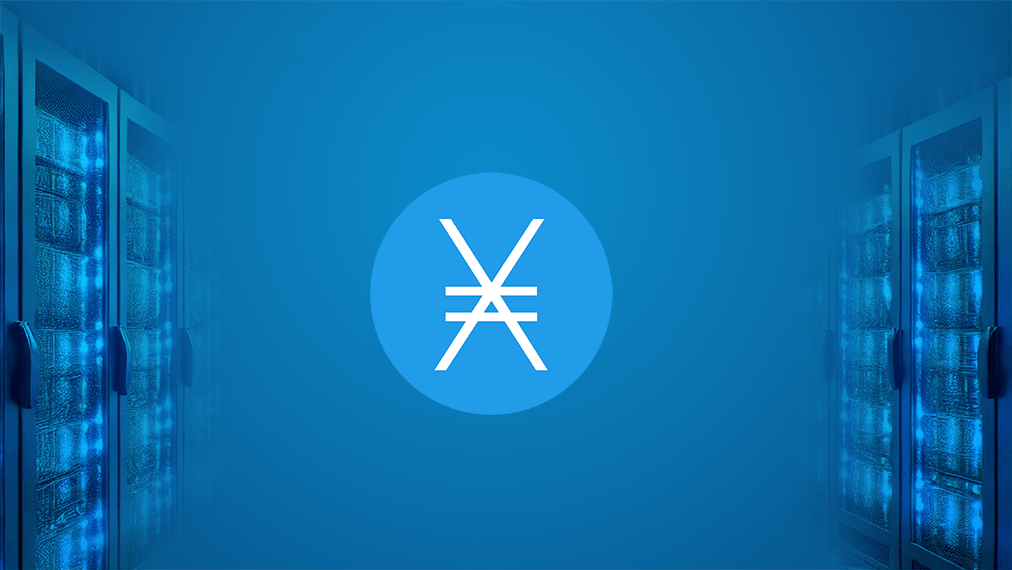How to launch a Nano Representative Node
Want to help secure the Nano network and enable instant, feeless transactions? Learn how to deploy your own representative node in just a few simple steps! 🖥️⚡

Introduction
Nano is a fast and fee-less cryptocurrency, using a DAG blockchain model. Running your own Nano node allows you to participate in the network, validate transactions, and potentially become a representative for other users. This article explains how to deploy and configure a Nano Node.
Prerequisites
Before you begin, make sure you have the following in order to keep your node in sync:
- A server or a computer running Linux
- A stable Internet connection
- 8 GB RAM
- 4 core CPU
- SSD based hard drive with 400 GB+ of free space
If your goal is to become a Principal Representative Node, the recommendations are to have at least:
- 16 GB RAM
- 4 core CPU or higher
- SSD based hard drive with 400 GB+ of free space
- 500 Mbps of bandwidth (with 8TB or more of available monthly bandwidth)
A Principal Representative Node is a node with voting enabled that has at least 0.1% of the online voting weight. When a node becomes a Principal Representative, the votes it produces will be re-broadcast by other nodes, helping the network reach consensus more quickly.
If you plan to create transactions, it is recommended that you use a work server with a GPU. You can self-host your own work server with https://github.com/nanocurrency/nano-work-server or you can use Nanswap Nodes.
Step 1: Installing Docker
The first step is to set up Docker, which will allow you to install a Nano node within a dedicated and cross-platform environment.
On Linux, installing Docker is straightforward. Simply run the following command and follow the on-screen instructions:
sudo apt install curl -y
curl https://get.docker.com | sh
sudo apt-get install -y uidmap
dockerd-rootless-setuptool.sh installStep 2: Setting Up the Nano Node
The next step is to launch the Nano node Docker container. Don't worry, it's simple! 👌
Just run the following command, and the node’s data will be stored in your current directory.
docker run --restart=unless-stopped -d \
-p 7075:7075 \
-p 127.0.0.1:7076:7076 \
-p 127.0.0.1:7078:7078 \
-v $(pwd)/Nano:/root \
--name nano-node \
nanocurrency/nano:V27.1Step 3: Updating the Configuration
This step involves modifying the node’s settings to enable unrestricted RPC access, allowing you to import a wallet. 🥳
docker exec -it nano-node /bin/bash
cd Nano
apt update && apt upgrade
apt install nano
nano config-rpc.toml
# change (enable_control = false) to (enable_control = true)
# To save, press Ctrl+X / Y / Enter
exit
docker restart nano-nodeStep 4: Importing a Wallet
In this step, we’ll import a wallet so the node can participate in voting on the network and receive delegations.
You'll need a seed—if you don't have one yet, you can generate one on this site: Nano Tools or use:
cat /dev/urandom | tr -dc '0-9A-F' | head -c${1:-64}Note: Make sure to keep a secure backup of your seed
Then create a wallet in your node with your seed:
Note: You need to replace "wallet_ID" with the one returned during "create_wallet" and "seed_ID" with your seed.
curl -d '{"action": "wallet_create"}' http://localhost:7076
# result: {"wallet": "wallet_ID"}
curl -d '{"action": "wallet_change_seed", "wallet": "wallet_ID", "seed": "seed_ID"}' http://localhost:7076
Step 5: Enabling Node Voting
In this final step, we'll modify the configuration file to allow your node to vote on the network using the address generated earlier.
We’ll also disable the "enable_control" option to ensure security, while keeping other RPC permissions intact. 👌
docker exec -it nano-node /bin/bash
cd Nano
nano config-node.toml
# Add these two lines at the beginning of the file:
[node]
enable_voting = true
nano config-rpc.toml
# Change (enable_control = true) to (enable_control = false)
# To save, press ctrl+x / Y / Enter
exit
docker restart nano-nodeFinal Verification
Congratulations! 🎉
Your Nano representative node is now live and helping to secure and decentralize the network. To verify if your node is actively voting, enter your Nano address on NanExplorer and after a few minutes you should see a green ‘Voting’ badge on your node's address.
Keep an eye on its performance and feel free to join the Nano community to connect with other users.
For more simplicity, take a look at Nanswap Nano Node, which lets you start using a nano node for free in just a few seconds. 🚀